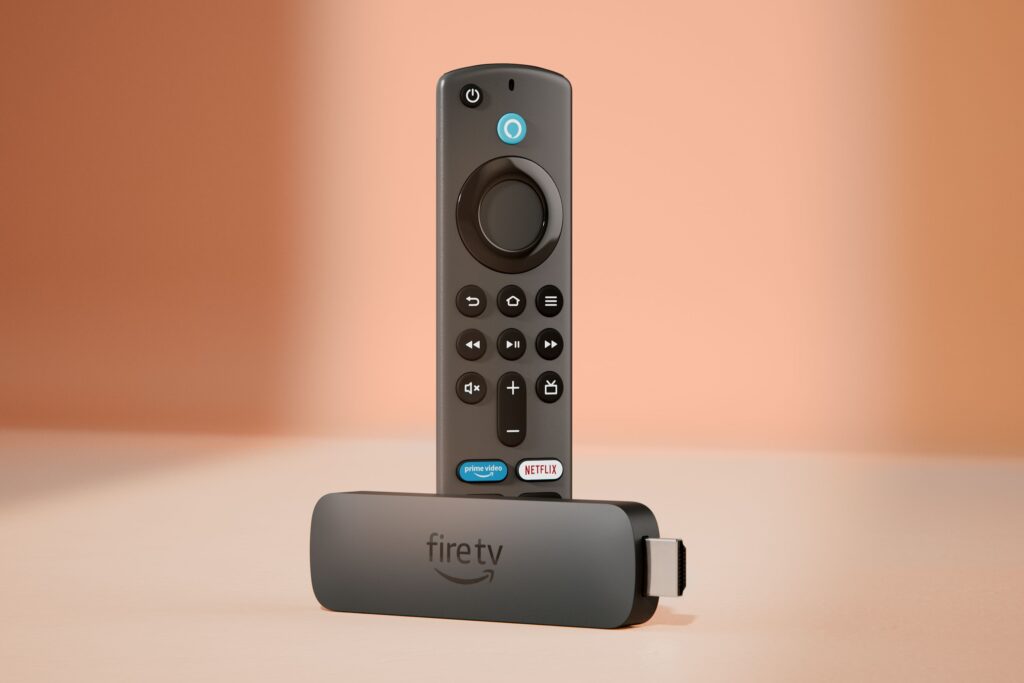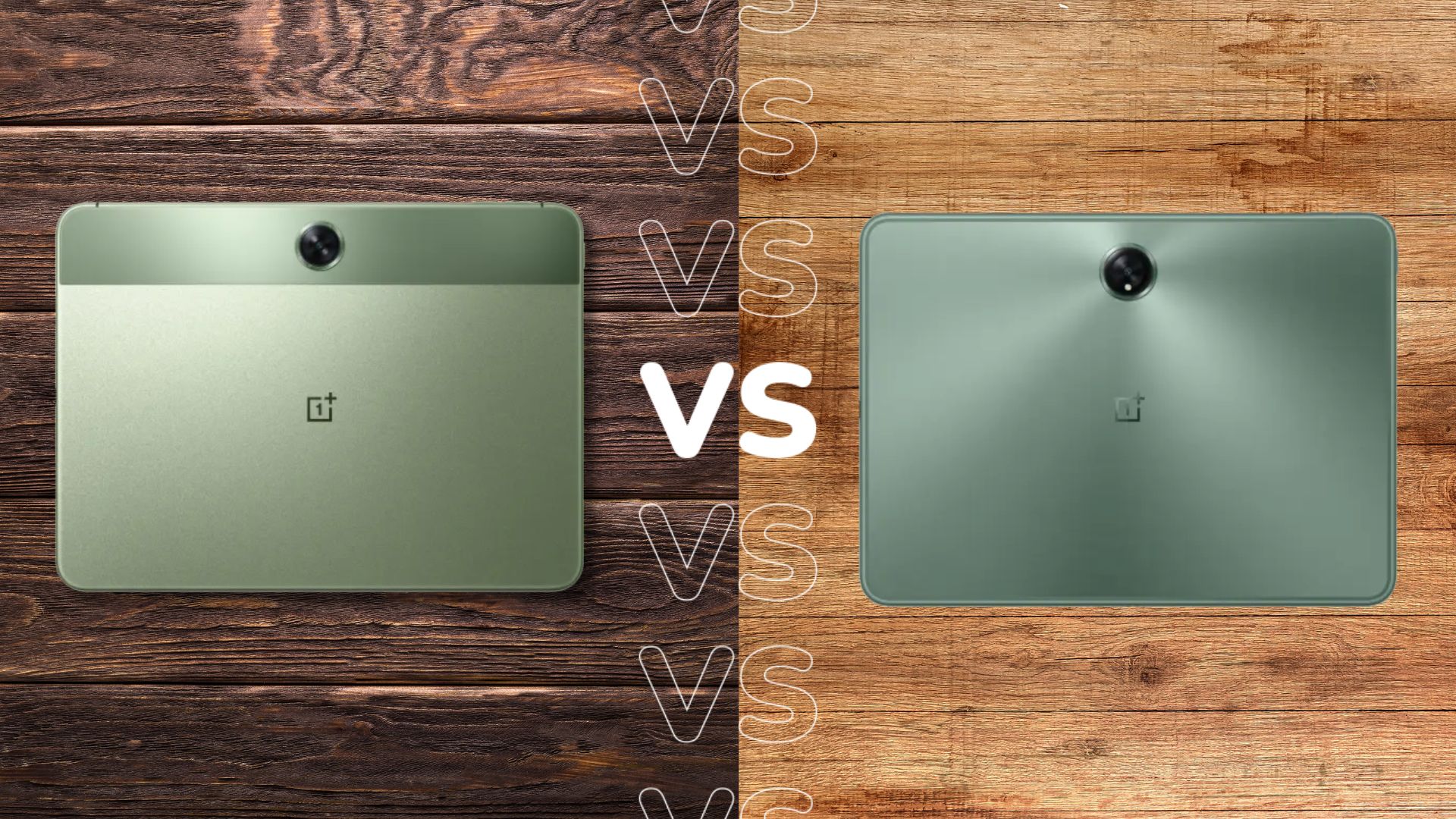Fire TV Stick 4K (2nd Gen) vs Fire TV Stick 4K (1st Gen): Is newer better?

Amazon just launched a batch of new hardware and software, including the latest Fire TV Stick 4K addition.
The latest Amazon announcement brought a lot of new technology to the forefront, but what really caught our eye was the latest Amazon Fire TV Stick 4K.
We’re going to be looking at all the key differences between the first and second generations of the Amazon Fire TV Sticks, so you can decide whether the latest addition to the range is truly worth the upgrade.
Faster processor on the second generation
One of the biggest differences between these two Fire TV Sticks is the inclusion of an updated 1.7GHz quad-core processor on the second-generation model.
Amazon claims that this will bring up to a 30% boost in performance over its predecessor, allowing users to scroll through menus and boot up their favourite TV shows at an even quicker speed.
Until we get the latest Fire Stick in for testing we can’t confirm if these performance claims are accurate. However, an updated processor is nevertheless great news for anyone who hates laggy menu navigation.

Wi-Fi 6 vs Wi-Fi 5
Another big update to the Fire TV Stick 4K (2nd gen) is support for Wi-Fi 6. Compared to previous iterations of the wireless standard, Wi-FI 6 helps to improve the efficiency of internet speeds when using multiple devices connected to a single router.
To utilise the benefits of Wi-Fi 6, users will need to ensure that they own a compatible router – of which you can find many in our best router roundup. If you don’t own a Wi-Fi 6 compatible router, there is no need to fret, the Fire TV Stick 4K (2nd gen) will still work with a Wi-Fi 5 router, as well as older options.
The first generation of the Fire TV Stick 4K comes with support for Wi-Fi 5, which may see a slower internet connection in comparison, since it is likely to have more interference from other devices.
Both come with support for Dolby Vision, HDR and HDR10+
As the name suggests, both generations of the Fire TV Stick 4K come with support for 4K Ultra HD, as well as support for Dolby Vision, HDR and HDR10+. Users will need to ensure that their TV is compatible with the software, and it’s worth noting that not all services are available in 4K or HDR.
Dolby Vision is a HDR format that allows for improved levels of colour and black levels, with the overall aim of presenting content as closely as the creative team intended. HDR10+ works in a similar way to Dolby Vision, presenting content with the same level of brightness throughout. This also allows for more detail and vibrance in supported media content, providing a more immersive experience for viewers.

Both come with the same price tag
Both generations of the Amazon Fire TV Stick come with a reasonable price tag of £59.99/$49.99
However, since the first-generation Fire Stick was released several years ago, it’s seen a fair few price drops over its lifetime. It’s very likely that the second-generation Fire Stick will also see some discounts over the next few years, especially during Prime Day events.
Since these Fire TV Sticks do come with the same price tag – not counting any future discounts – it makes sense to choose the second generation over its predecessor, since you will be treated to a faster processor and Wi-Fi 6 support without needing to pay a higher price.








